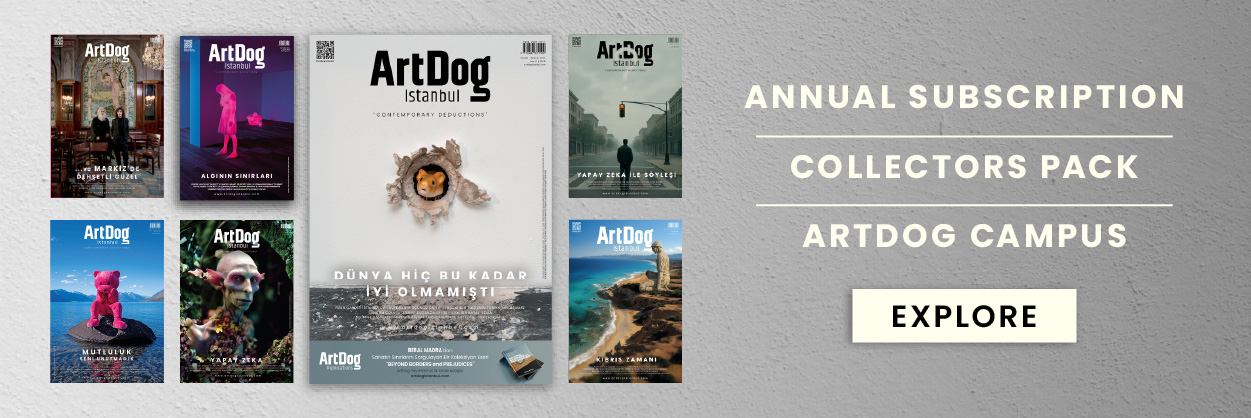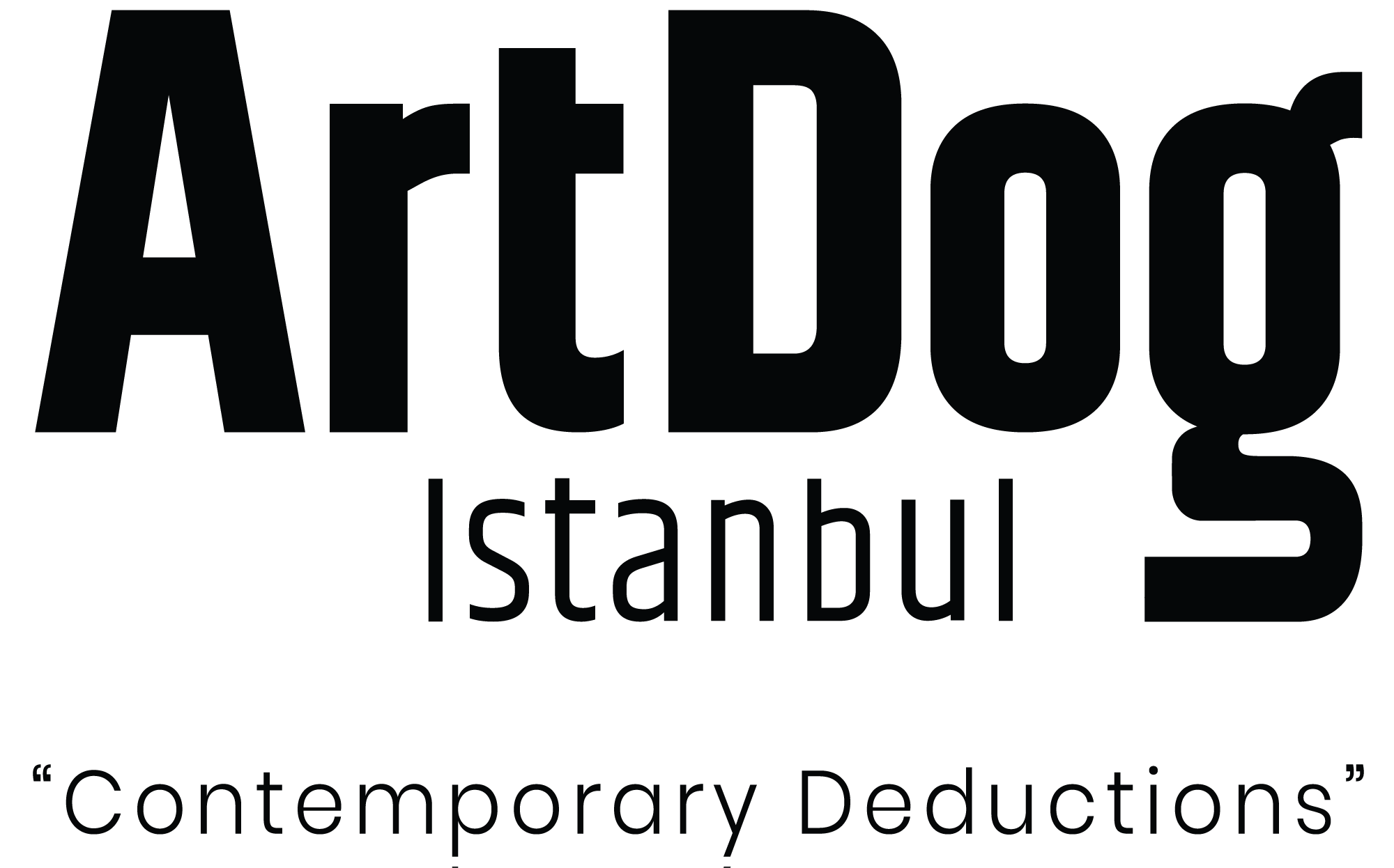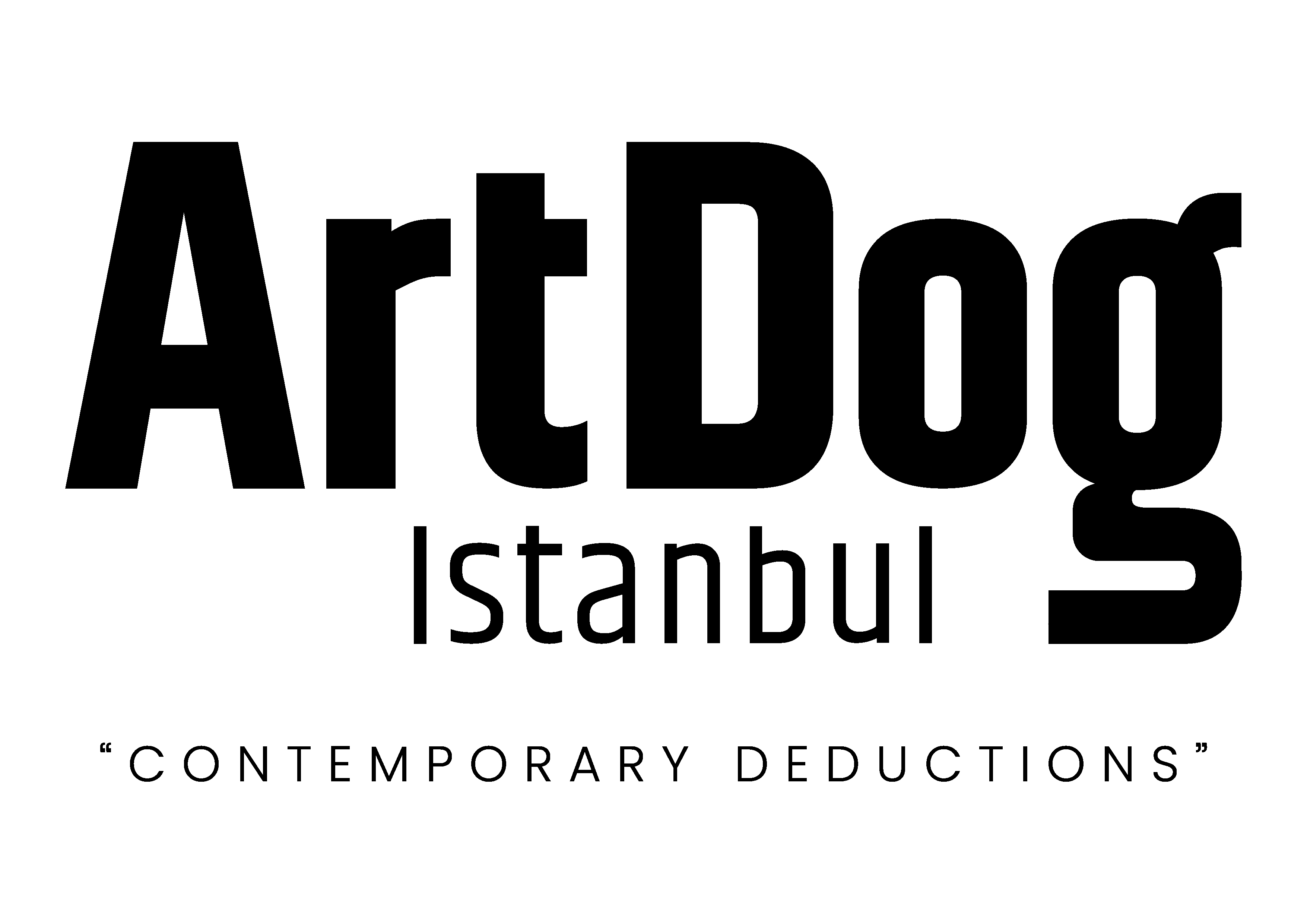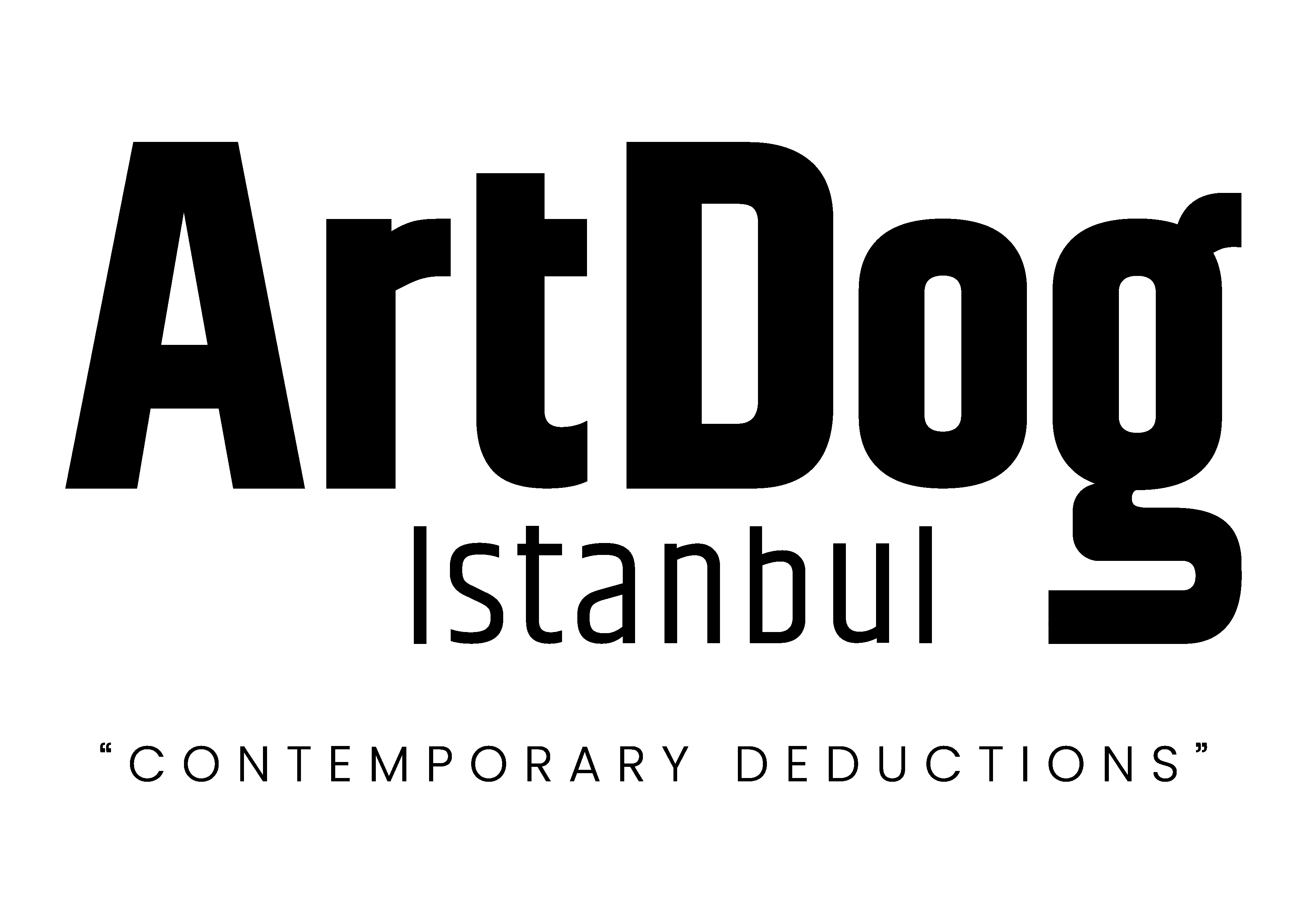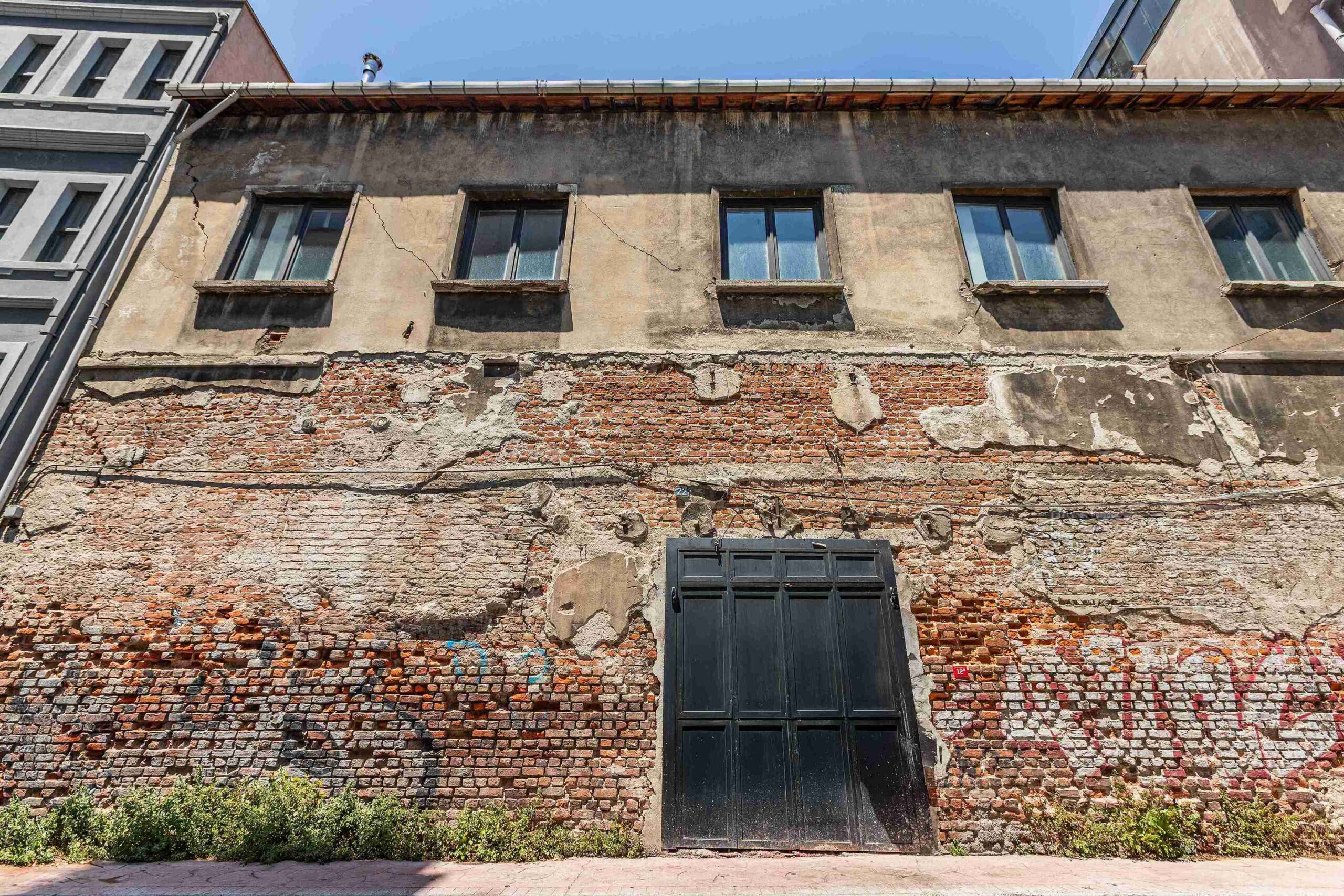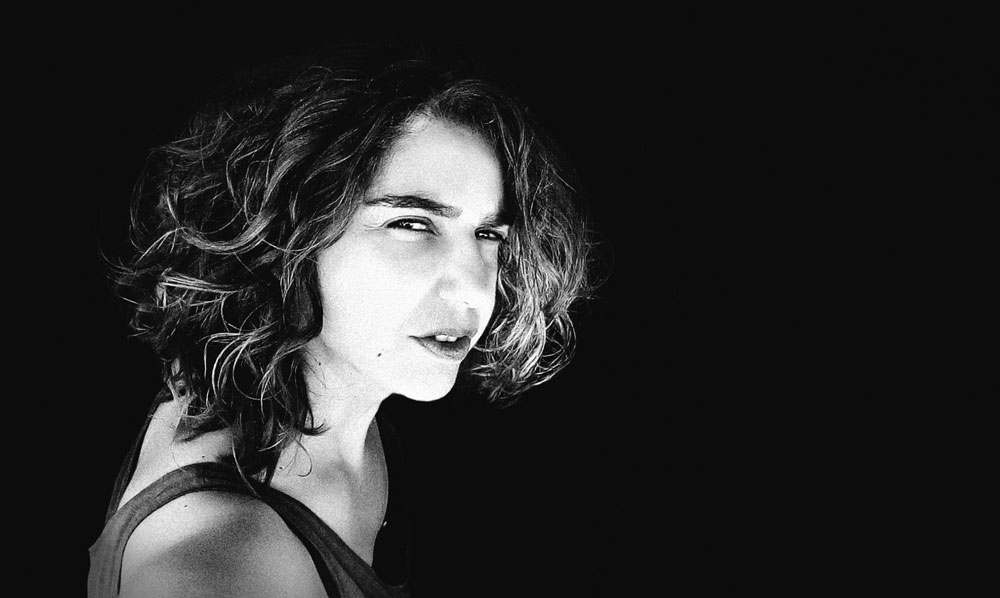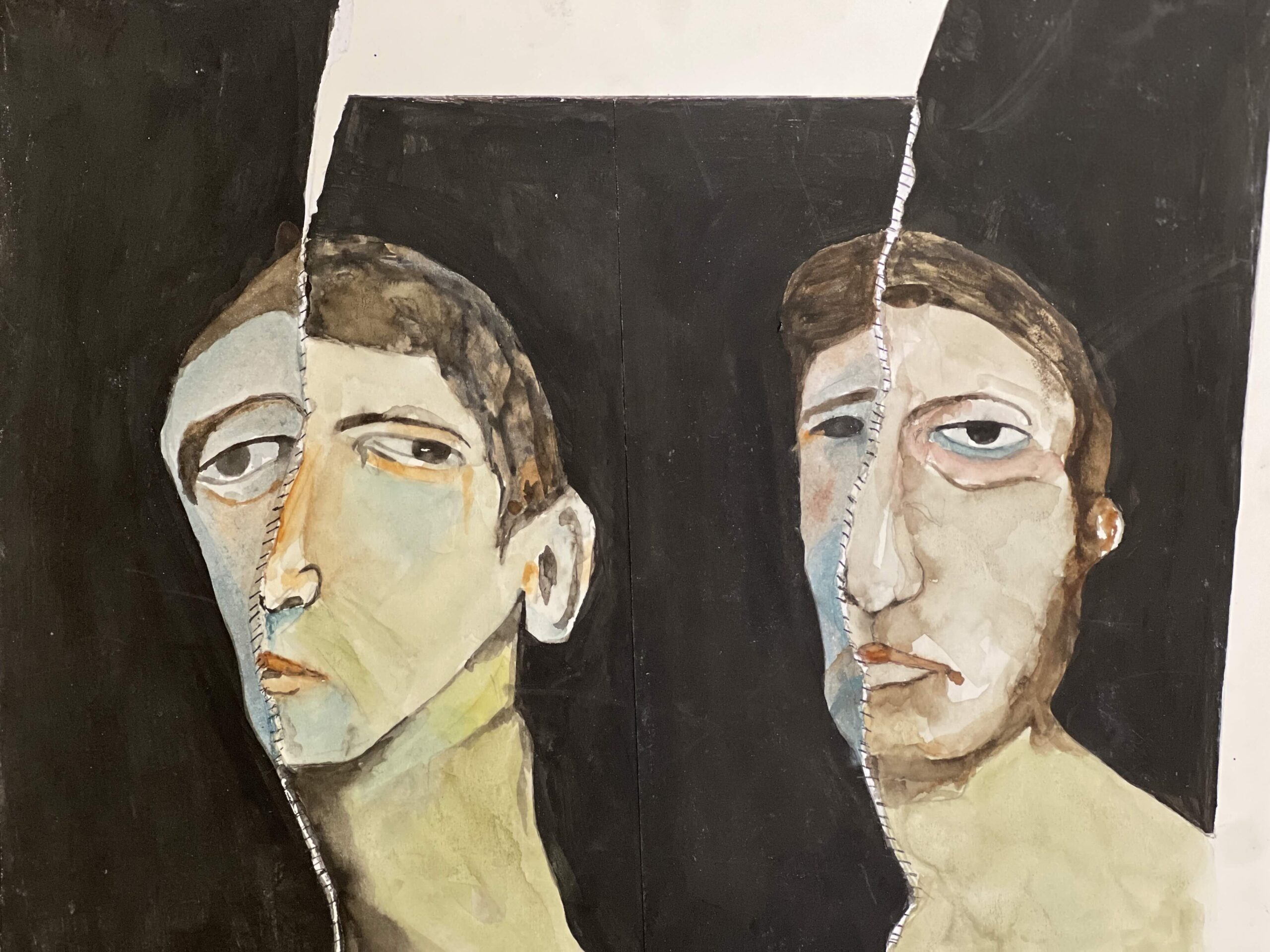Since its beginning in 1987, the Istanbul Biennial has been a force that has reshaped not only the city’s artistic landscape but also its social memory. As a platform that encourages debate within Istanbul’s cultural scene, proposes new relationships and ways of thinking, and connects the local and the international in ongoing dialogue, the biennial continues with the same sense of responsibility today. However, the 18th Istanbul Biennial introduces a structure that fundamentally changes the familiar exhibition schedule, unlike previous editions. Organized by the Istanbul Foundation for Culture and Arts (İKSV) with support from Koç Holding, the Biennial Sponsor for 2007–2036, the event was planned as a three-year program curated by Christine Tohmé.
Istanbul Biennial Academy
The 18th Istanbul Biennial, set to conclude in 2027, focuses this year on production processes, public debates, academic research, and collective encounters. This multi-year structure has three phases: The first phase will engage audiences with exhibitions and public programs at venues in Karaköy and Beyoğlu from September 20 to November 23, 2025. In 2026, the Istanbul Biennial Academy will be launched; this new, permanent initiative will support artists’ long-term research, foster collaborations with local initiatives, and maintain discussions through public programs. Ultimately, the biennial will unify this entire three-year process with exhibitions, publications, performances, and meetings from September 18 to November 14, 2027.
Spreading the Process Out Over Time
The title of this edition of the biennial, “Three-Legged Cat,” also serves as its theme. This metaphor, suggesting that fragility and resilience, awkwardness and grace, and trauma and the power to survive can coexist, highlights both the upheavals faced by societies and art’s ability to resist, build solidarity, and forge new paths. As Biennial Director Kevser Güler emphasizes, this theme offers two key insights about the biennial’s approach: spreading the process over time and positioning art as a practice rooted in resilience, responsibility, and solidarity amidst social, cultural, and political crises. This edition, which also sparks a conversation on Istanbul’s spatial transformations, concentrates the exhibition venues in the Karaköy and Beyoğlu districts. This enables visitors to walk between all the exhibitions and explore the dialogues between the works through multiple visits. Simultaneously, this choice of venues highlights the evolving urban policies and collective memory. The works by artists invited from Turkey showcase strong links between the local scene and the global context. Additionally, the biennial offers younger audiences the chance to encounter diverse perspectives and participate in discussions. We discussed this broad transformation, its themes, and goals with Kevser Güler, Director of the Istanbul Biennial.
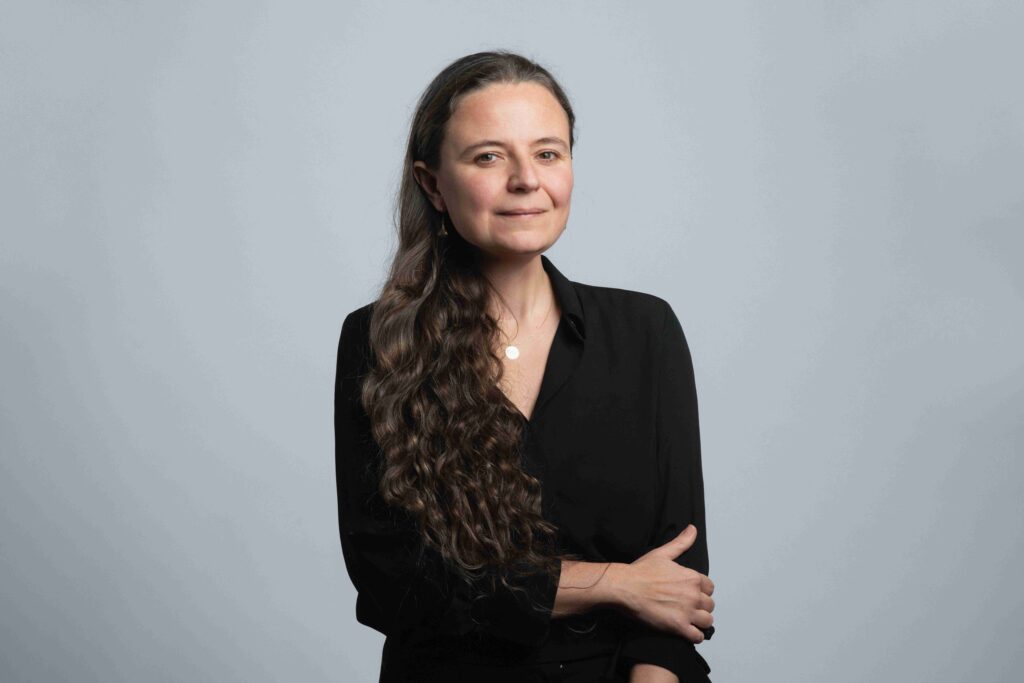
The Istanbul Biennial has played a major role in transforming the city so far. How do you think the biennial’s role is evolving in Istanbul’s current cultural and social scene?
Since 1987, the Istanbul Biennial has been more than just a large-scale international exhibition; it has also served as a platform that fosters discussions, introduces new connections, and brings communities together within the city’s cultural scene. Istanbul’s rapid change is closely linked to cultural and social disruptions, and the biennial takes on the responsibility of creating spaces to reflect on, critique, and imagine this movement collectively. Through its exhibitions and programs, it provides continuity, critique, opportunities for production, and venues for showcasing to strengthen the city’s memory and cultural awareness.
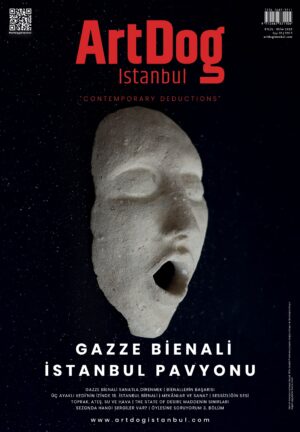
Issue 30 is Now Available!
Get it in both print and digital versions.
Turkish Edition
How do you interpret the theme “Three-Legged Cat”? What clues does it give about how the biennial operates from your perspective?
“Three-Legged Cat” refers to the three-year structure on one hand, while on the other hand, it evokes fragility, resilience, and the ability to stay in motion. From our perspective, this title provides two key clues about how the biennial operates: first, to spread the event and all its encounters throughout its production process; second, to view art as a practice of resistance, responsibility, and solidarity in the face of social, cultural, and political crises.
The cat’s awkward yet graceful gait can also be seen as a symbol of a society bearing the marks of trauma. From the institutional perspective of the biennial, how does this metaphor suggest a particular interpretation to the viewer?
This metaphor carries the traces of a society’s traumas while simultaneously reminding us of survival, finding new paths, and the power of solidarity. From the institutional perspective of the Biennial, we can say that this suggests an interpretation to the viewer showing that fragility and resistance can coexist.
What factors did you consider when evaluating the submissions from artists? As the director, what principles did you prioritize during this process?
The open call process was a crucial part of the curatorial research for the 18th Istanbul Biennial. About 1,500 applications were received from 105 countries. Curator Christine Tohmé reviewed the submissions from artists interested in our open call over three months and then interviewed those she thought fit with the exhibition’s conceptual framework. We, as the Istanbul Biennial team, also played a supportive role in this process.
What does the participation of six artists invited from Turkey in the biennial signify in terms of the relationship established with the local scene?
The Istanbul Biennial is a key platform that highlights the work of Turkish artists in an international setting. As with every edition, each artist was invited primarily for their own work. I believe that invited artists should be evaluated based on content and context rather than quantity. The works of these artists effectively show how contemporary art production in Turkey interacts with global issues and how local criticism and experiences connect to questions elsewhere. Therefore, this selection showcases the bold proposals of the Turkish cultural scene and its strong, unique ties to the international art world.
How will the biennial’s spatial concept, spread throughout the city, relate to Istanbul’s ongoing transformations?
In this edition, the biennial exhibitions will engage the audience in the Karaköy-Beyoğlu districts. Since we do not have a fixed venue, spatial research has played an important role in the curatorial process this year, as it has in every edition; we selected the exhibition spaces based on our research and the priorities of the curatorial framework. One of the most important criteria for Christine Tohmé was that the venues be within walking distance of each other. This will enable visitors to easily explore the entire exhibition, even if they choose to visit multiple times. This choice also sparks a discussion about the current changes in areas like Beyoğlu and Karaköy. By using these spaces as exhibition venues, the Biennial encourages us to think about urban policies, evolving cultural identities, and the role of these spaces in social memory.
What kind of experience do you imagine for the younger generation visiting the Biennial for the first time?
Based on what I’ve heard in our meetings, seeing exhibitions in alternative venues is always very exciting for the younger generation. I hope this edition will be no different. At this large-scale international exhibition, they will encounter works by artists from different regions and generations. I believe that the questions and perspectives these works raise for their generation—addressing both current urgencies and future possibilities—will stand out. As they explore the dialogues between the pieces, they will also make their own experiences a part of the exhibition. It’s an invitation not just to watch but also to participate in the conversation, encounter diverse viewpoints, and think together.
How will the academy and public program established in 2026 be incorporated into the biennial’s institutional memory? Do you believe this initiative can transform the biennial from a temporary exhibition into a lasting space for learning and engagement?
Yes, that is exactly the goal. The Istanbul Biennial Academy aims to be a permanent institution not only for 2026 but also for future editions. Supporting artists’ long-term research and production, fostering collaborations with initiatives, and maintaining discussions through public programs are the main objectives of this academy. Therefore, we highly value the potential to turn the biennial into a lasting space for learning and gathering, beyond just a temporary exhibition. Undoubtedly, this will add a new layer to the biennial’s institutional memory.

